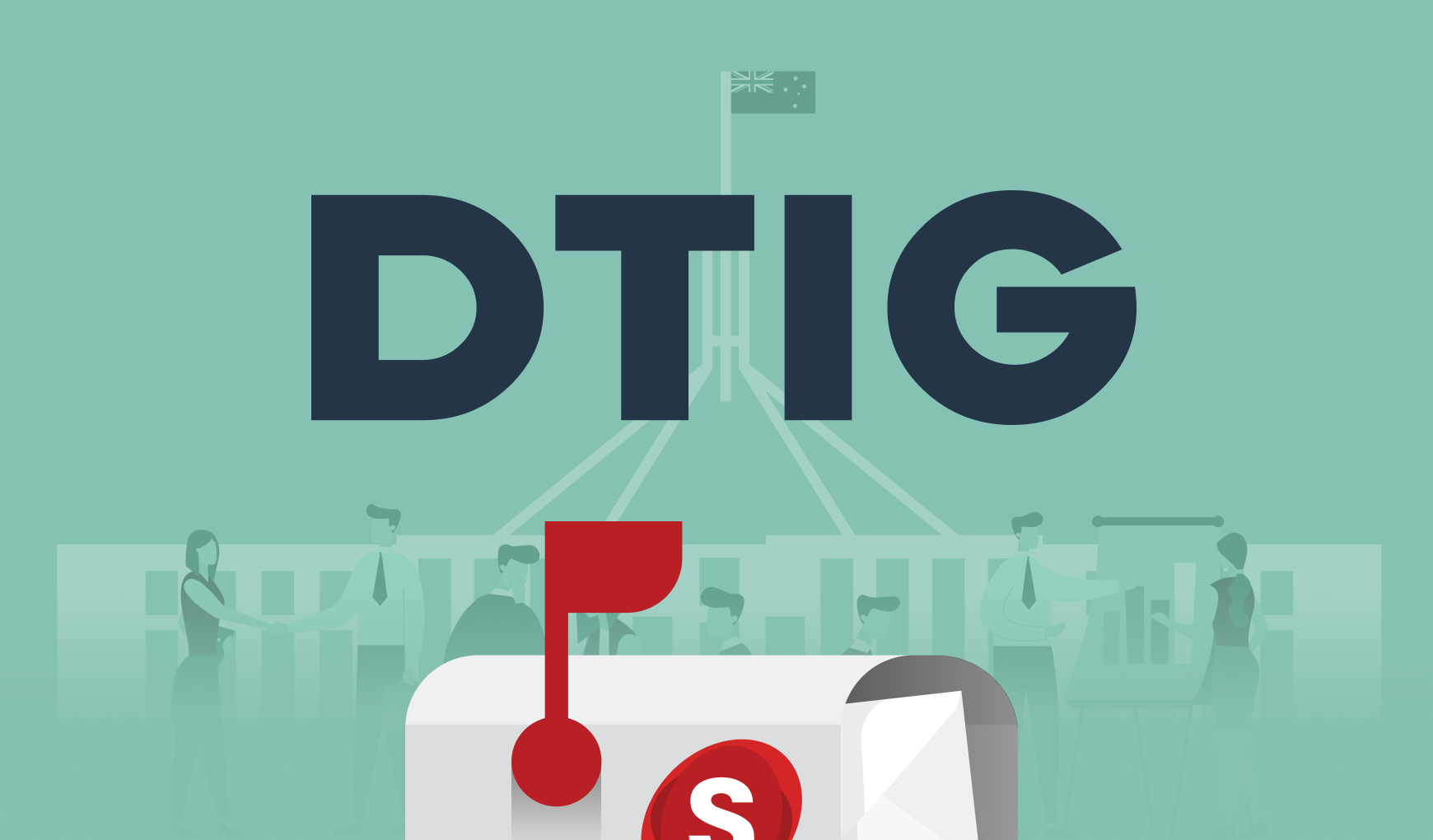The Digital Quality of Life (DQL) Index
Surfshark recently released the results of its DQL , which ranked digital quality of life in 65 countries based on:
Internet speed (broadband and mobile)
Internet cost (broadband and mobile)
Data protection laws
Availability and maturity of government e-services
Variety and availability of e-entertainment
Cybersecurity
Each country was given a score across all these areas to come up with an overall DQL Index. And number one on the list was Australia!
The top 10
The top 10 for DQL were:
Australia — 0.7992
France — 0.7985
Singapore — 0.7854
Norway — 0.7607
Japan — 0.7606
Canada — 0.7516
Denmark — 0.7479
South Korea — 0.7448
Italy — 0.7361
Sweden — 0.7360
Australia’s highs and lows
We actually ranked first in two areas — as well as taking out ‘first place’ for the overall index, we were also first for the cost of mobile internet (as in the most affordable, not the most expensive). We had strong results for mobile speed (sixth) and e-government services (seventh), and ranked as ‘top tier’ for both content availability and data protection laws.
Given all the press, it’s probably not that surprising that our lowest score was for broadband speed — we ranked 42nd with an average broadband speed of 34.26Mbps. You can read more about this in The New Daily , which notes that Australia’s broadband speed is in line with third-world countries. We won’t dwell on that here...instead we’ll look at government e-services, which is obviously more in line with Salsa’s focus on digital transformation in government.
A closer look at our e-government rating
Ranking seventh out of 65 countries for e-government services is a pretty impressive effort. The top 10 in this category were:
Denmark — 1
Singapore — 0.9861
United States — 0.9861
France — 0.9792
United Kingdom — 0.9792
South Korea — 0.9792
Australia — 0.9722
Finland — 0.9653
India — 0.9514
Italy — 0.9514
At the beginning of the report is a methodology section, which looks at each of the areas and how each index was calculated. In relation to government e-services, the report talks about how putting services online makes them more accessible while also helping save citizens time and money. To come up with the DQL’s e-government services ranking, Surfshark used the United Nations’ Online Service Index (OSI), which gauges the scope and quality of online government services. A high OSI indicates government technology impacts everyday lives. The OSI was then multiplied by a weight factor of 0.16 to gain the final e-government services index figure. (Note: The weighting for each area was determined by a panel of experts — see the report for more information.) The e-government availability was given a strong weighting, because an increase in the OSI ranking can have a big impact on people’s digital quality of life.
Salsa Digital’s take
It’s great to see Australia doing so well in the DQL Index and we’re particularly impressed with our ranking for government e-services. However, this data should also be read in conjunction with other studies that are more future-focused and show the need for Australia to make reformations to secure a strong future, especially when it comes to the way we use technology. For example, reports like the APS Review’s Scenarios for 2030 (see our blog on it) or the CSIRO’s National provide a window into what could happen if we don’t continually focus on digital transformation, and digital transformation in government.

